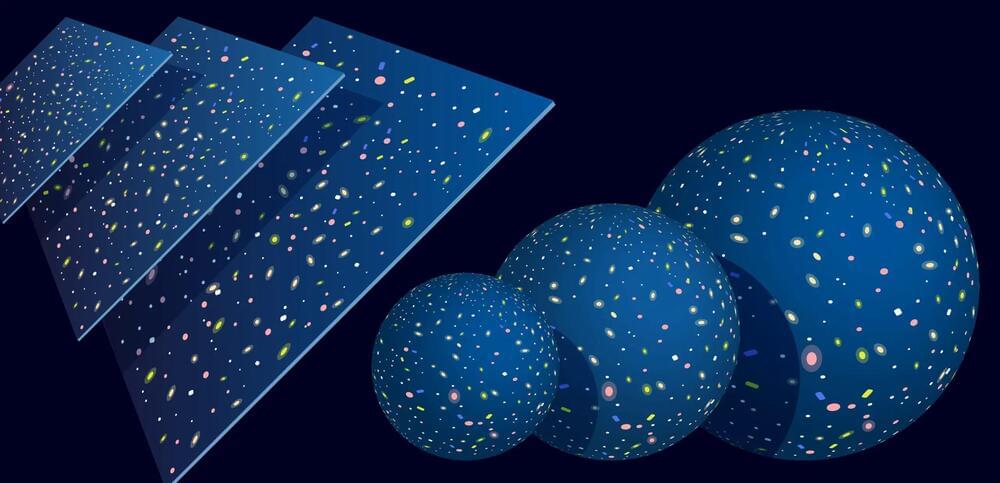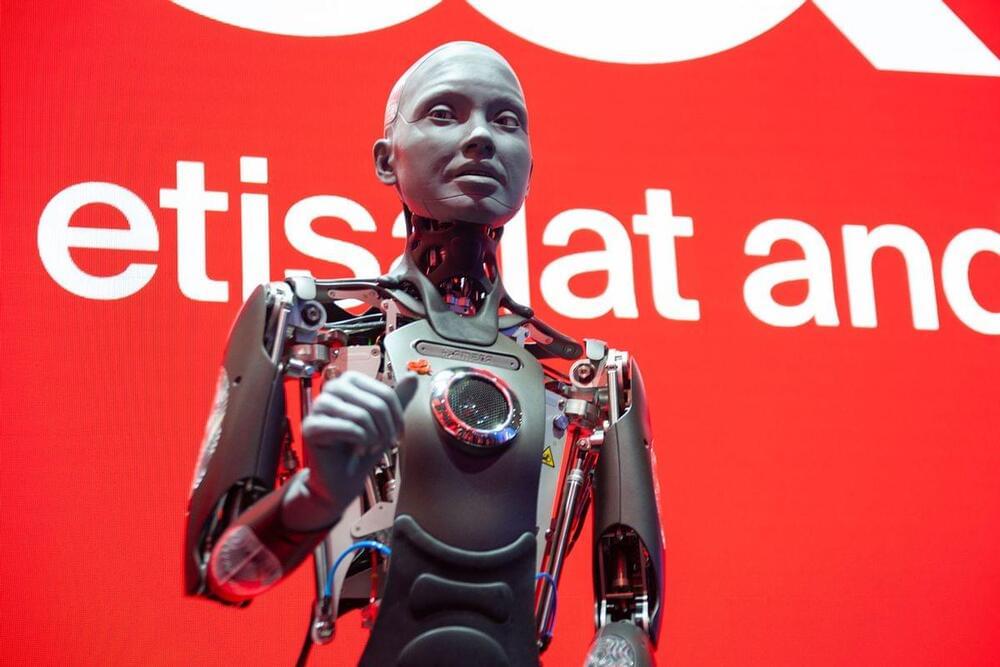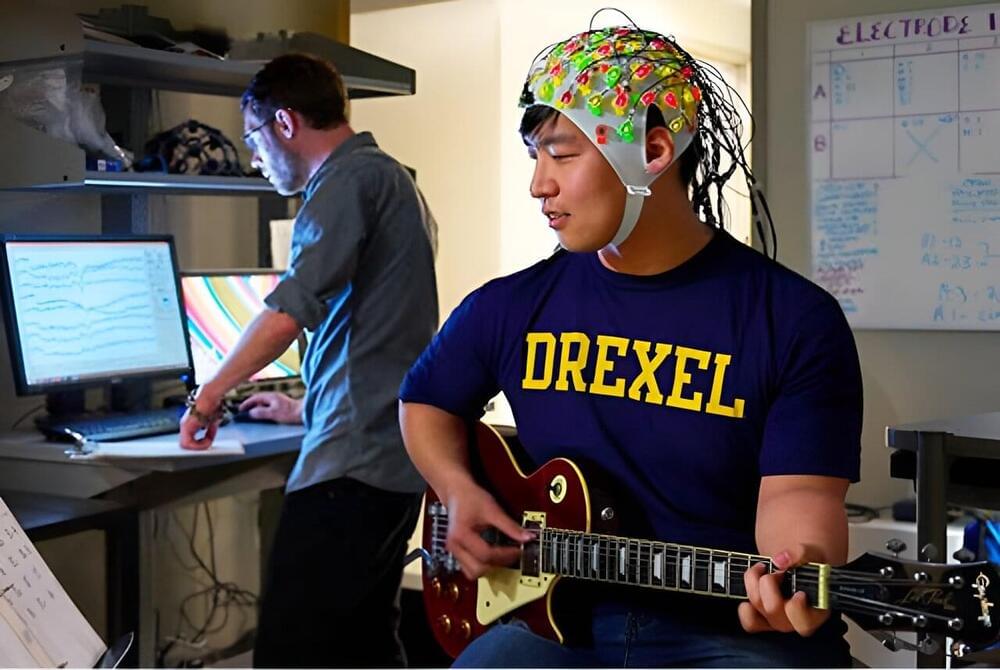When will AI match and surpass human capability? In short, when will we have AGI, or artificial general intelligence… the kind of intelligence that should teach itself and grow itself to vastly larger intellect than an individual human?
According to Ben Goertzel, CEO of SingularityNet, that time is very close: only 3 to 8 years away. In this TechFirst, I chat with Ben as we approach the Beneficial AGI conference in Panama City, Panama.
We discuss the diverse possibilities of human and post-human existence, from cyborg enhancements to digital mind uploads, and the varying timelines for when we might achieve AGI. We talk about the role of current AI technologies, like LLMs, and how they fit into the path towards AGI, highlighting the importance of combining multiple AI methods to mirror human intelligence complexity.
We also explore the societal and ethical implications of AGI development, including job obsolescence, data privacy, and the potential geopolitical ramifications, emphasizing the critical period of transition towards a post-singularity world where AI could significantly improve human life. Finally, we talk about ownership and decentralization of AI, comparing it to the internet’s evolution, and envisages the role of humans in a world where AI surpasses human intelligence.
00:00 Introduction to the Future of AI
01:28 Predicting the Timeline of Artificial General Intelligence.
02:06 The Role of LLMs in the Path to AGI
05:23 The Impact of AI on Jobs and Economy.
06:43 The Future of AI Development.
10:35 The Role of Humans in a World with AGI
35:10 The Diverse Future of Human and Post-Human Minds.
36:51 The Challenges of Transitioning to a World with AGI
39:34 Conclusion: The Future of AGI.






